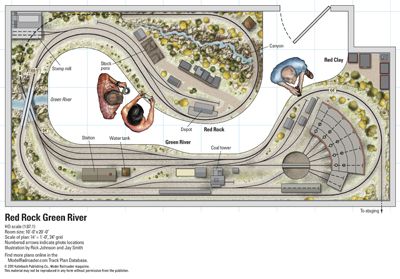
Name: Red Rock Green River Layout designer: Bill Iwan Scale: On21⁄2 (1:48, 30″ gauge) Size: 10 x 20 feet Theme: Freelanced Denver & Rio Grande Western and Rio Grande Southern Locale: New Mexico and Colorado Era: 1940s Style: walk-in Mainline run: 80 feet Minimum radius: 28″ Minimum turnout: no. 6 Maximum grade: 0.95 percent Originally […]
Read More…

Having trouble viewing this video? Please visit our Video FAQ page Model Railroader associate editor Cody Grivno shows how to model broken glass in an abandoned building. […]
Read More…

Having trouble viewing this video? Please visit our Video FAQ page Model Railroader associate editor Cody Grivno shows how to weather with makeup sponges […]
Read More…

Having trouble viewing this video? Please visit our Video FAQ page Good electrical connections are key to a smooth running model railroad, and one way to help achieve this is with feeder wires. In this basic training video you’ll learn how to attach feeder wires to the rails of model railroad track. […]
Read More…
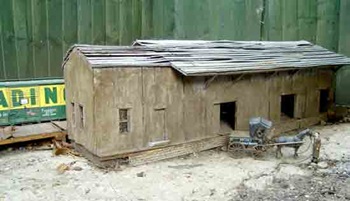
Download the PDF of this project here. In the April 2011 issue, Ian Stringer’s Hensellvania Division shows a model of the Canton Depot. Download these plans to build your own Canton Depot, compliments of our sister publication Model Railroader. […]
Read More…
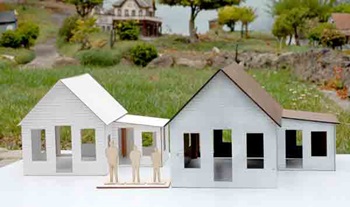
In the April 2011 issue, Kevin Strong describes how to create purpose for your garden railway. He suggests using a technique for structures called “selective compression.” Download this related article by Jack Verducci, who describes how to use this technique. […]
Read More…
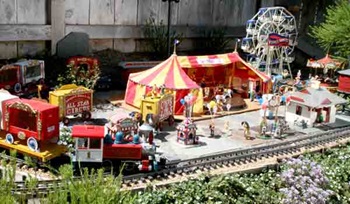
Download the PDF of this project here. In the April 2011 issue, Rich Perrelli and his wife tell us how they used part of their railway to create a county fairground. Download these plans to build a big-top circus tent for your railway! […]
Read More…
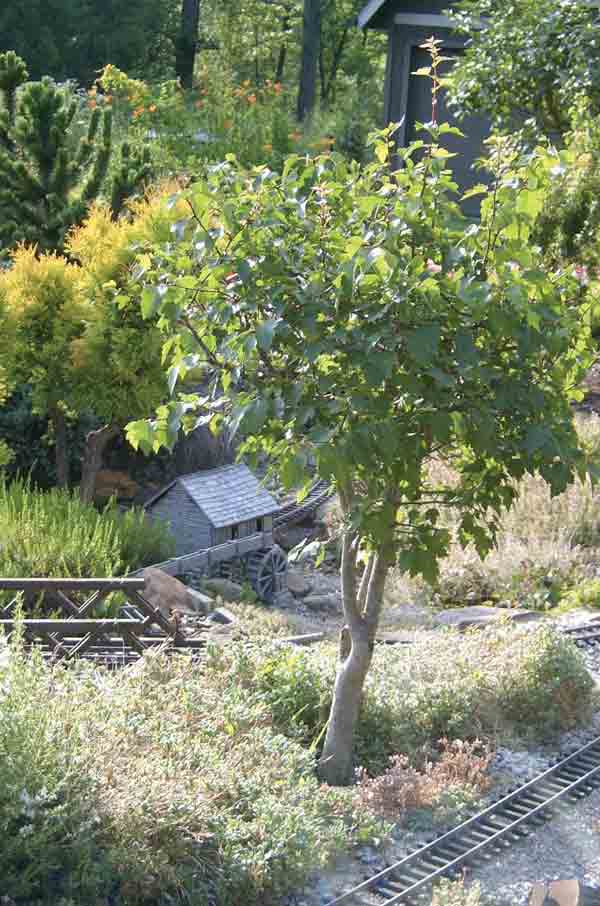
Bonsai is an ancient horticultural practice that has been developed into an art form. Years can be spent studying and perfecting it. I doubt there are many garden railroaders with the time or inclination to get into true bonsai culture. Fortunately, there are some shortcut (and likely unorthodox) methods to make miniature trees with less […]
Read More…

Track plan at a glance Name: Soo Line Scale: HO (1:87) Size: 14 x 34 feet Theme: Minneapolis, St. Paul & Sault Ste. Marie (Soo Line) granger railroad Era: 1954 Style: portable oval Minimum radius: 48″ Minimum turnout: no. 6 yards, no. 8 main line Maximum grade: 1 percent Originally appeared in the April 1998 […]
Read More…
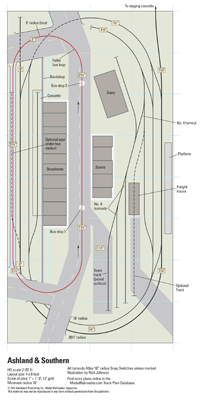
N ame: Ashland & Southern Layout designer: Terry Thompson, publisher Scale: HO (1:87.1) Size: 4 x 8 feet Prototype: freelance Locale: north-central Ohio Era: 1950s to present day Mainline run: 14 feet Minimum radius: 18″ Minimum turnout: Atlas 18″ radius Snap Switch Maximum grade: 2.5 percent Click on the link to download the PDF of […]
Read More…
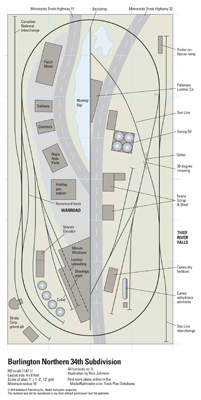
Name: Burlington Northern 34th Subdivision Layout designer: Cody Grivno, associate editor Scale: HO (1:87.1) Size: 4 x 8 feet Prototype: Burlington Northern Locale: Northwestern Minnesota Era: 1988 Mainline run: 14 feet Minimum radius: 20″ Minimum turnout: no. 5 Maximum grade: none Click on the link to download the PDF of this track plan. […]
Read More…
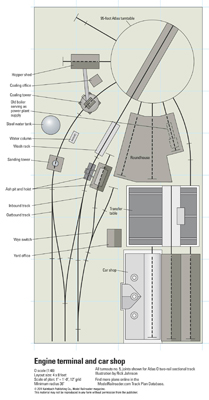
Name: Engine terminal and car shops Layout designer: Kent Johnson, associate editor Scale: O (1:48) Size: 4 x 8 feet Prototype: freelanced Locale: urban Era: 1950s Mainline run: none Minimum radius: 36″ Minimum turnout: no. 5 Maximum grade: none Click on the link to download the PDF of this track plan. […]
Read More…












